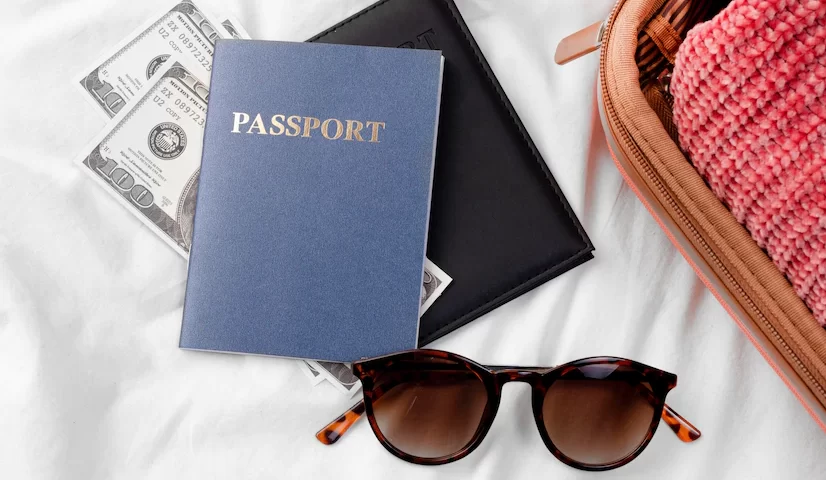Contents
Turkey’s National Sport: A Guide to Oil Wrestling
- The ritual of oil wrestling has a long history in Turkey, dating back hundreds of years.
- This peculiar activity is celebrated in Turkey in the form of an annual festival that dates back centuries and is considered the country’s national sport.
- In addition to being a lot of fun, going to an oil wrestling competition in Turkey is also a really interesting way to learn about the culture of that country.
- This page provides some helpful information for vacationers who would like to visit the Krkpnar oil wrestling festival while they are in Turkey. It also provides some fascinating facts regarding the national sport of Turkey.
- Before departing their home countries, people from other countries should examine the criteria for Turkish visas and apply for any necessary travel authorizations.
THE EVOLUTION OF OIL MARKETING IN TURKEY AND ITS HISTORY
- The history of oil wrestling, also known as Yalgüreş (Turkish for “wrestling with oil”), dates back many centuries.
- Oil wrestling has been around for millennia, and its roots can be traced all the way back to the time of the Persians.
- The Ottomans, more notably under the reign of Sultan Orhan Gazi in the middle of the 14th century, are credited with popularizing it as a sport and bringing it to greater prominence. It is reported that two soldiers wrestled each other to death during a match in Edirne, which is why the city now serves as the host location for the annual Kirkpinar event.
- Since its humble beginnings, the sport has, for the most part, continued on with the same fundamental rules and wrestling tactics for oil wrestling.
OIL WRESTLING’S IMPORTANCE IN CULTURE
- In addition to its status as a fundamental component of Turkey’s national sport, the oil wrestling competition also holds a large cultural place in the country.
- According to UNESCO’s Representative List of Intangible Cultural Heritage of Humanity, in 2010 the Kirkpinar tournament was included.
- When men compete in oil wrestling, they show off their strength and physical power, two qualities that are highly valued in Turkish culture.
- It’s possible that this is one of the reasons why the sport has managed to maintain its popularity over the course of so many centuries.
Oil Wrestling Regulations of the Turkish Oil Industry
- Kipsets are a pair of heavy leather pants that are required for participation in the sport of Turkish oil wrestling. After that, olive oil is applied all over each competitor to make them more slippery.
- Each wrestler’s goal is to place their opponent’s belly button so that it faces upwards.
- The duration of battles has been capped at 45 minutes in recent years, but in the past they may last for several days.
- As a consequence of this, it is now feasible to win based on points.
A TURKEY OIL WRESTLING FESTIVAL CALLED KIRKPINAR
- The Krkpnar festival takes place once a year and is the greatest spot to get a first-hand look at Turkish wrestling.
- The celebration takes place at the end of June every year in Erdine, which is consistently ranked as one of the most desirable locations in Turkey.
- Participants in the competition can be male wrestlers of any age, and there will be fans of wrestling from all over the world in attendance as spectators.
- The event itself is steeped with tradition and ceremony.
- During an opening ceremony featuring traditional music with drumming and shawm playing, the festival is inaugurated by its sponsor, the Kirkpinar Aga.
- The audience is given a brief introduction to each pehlivan, which is the Turkish word for wrestler, before they are oiled up and prepped for their match.
- At the conclusion of the competition, both the winner and the runner-up will receive monetary prizes.
When and where is the oil festival of Krkpnar in Turkey?
- The Krkpnar festival takes place in Edirne, Turkey, near the Greek and Bulgarian borders, in western Turkey.
- Edirne may be reached by automobile in slightly more than three hours for passengers arriving at Istanbul’s airport.
- Edirne is home to a large number of hotels, inns, and other types of lodging options, in addition to a number of cultural landmarks that are of interest to visitors, such as museums, synagogues, and mosques.




